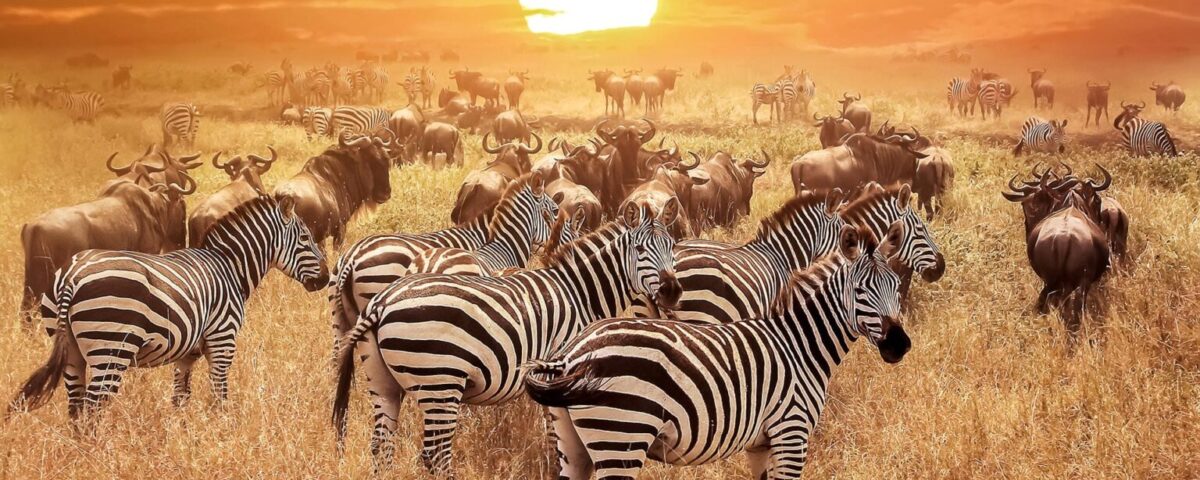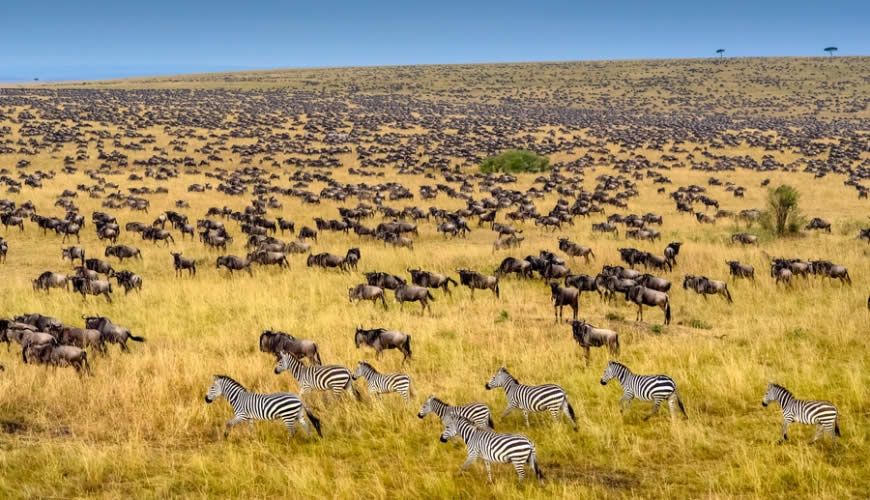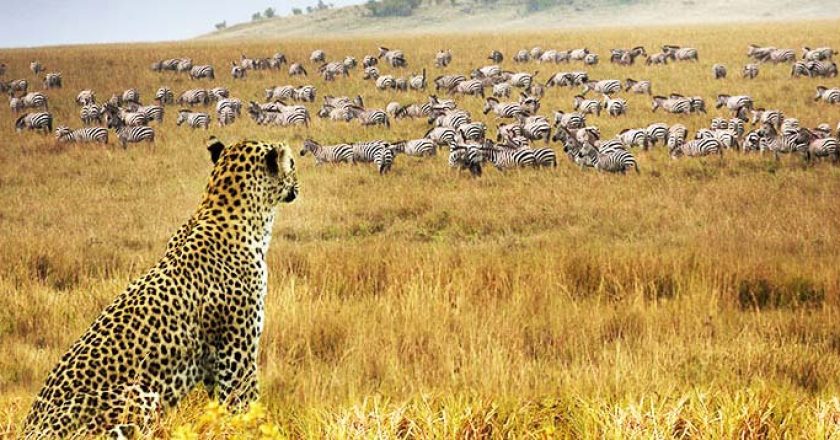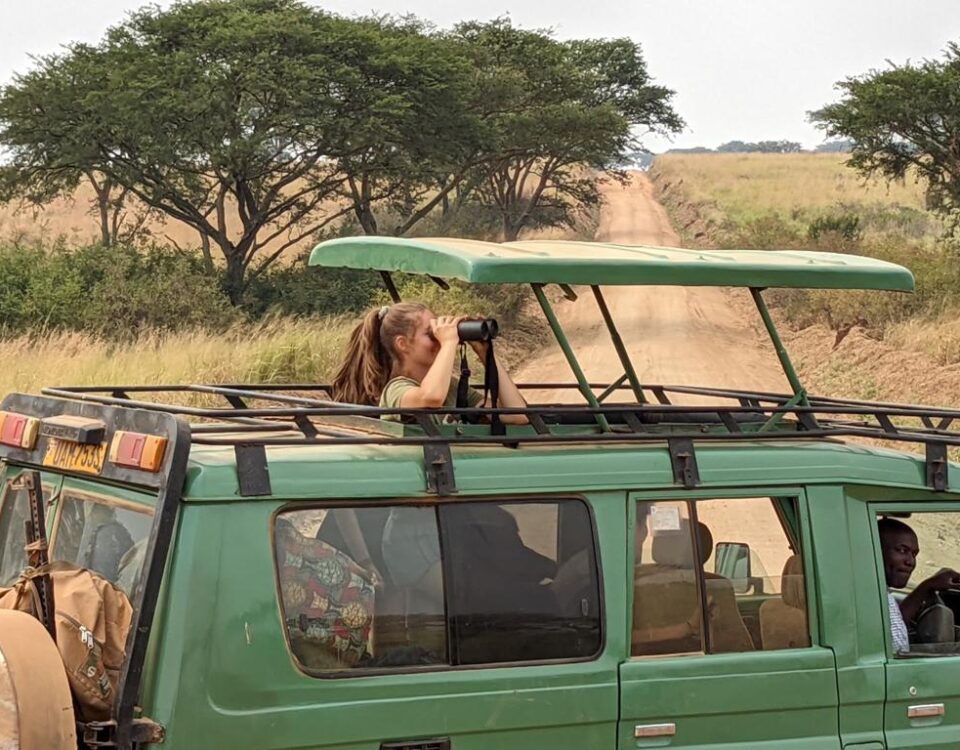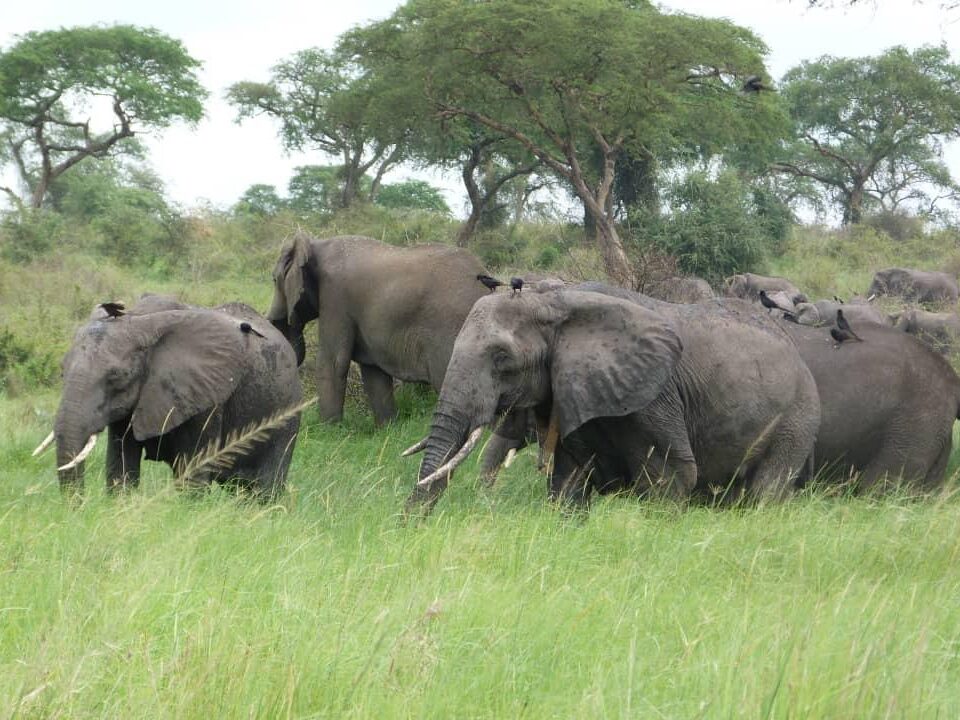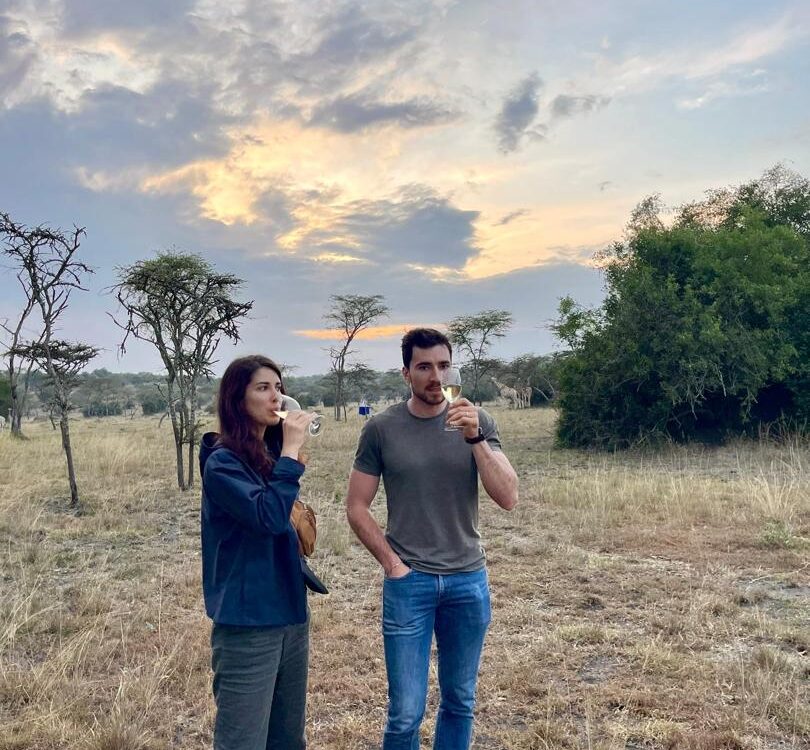
About Multi-country East Africa Safaris Tour Holidays
May 31, 2023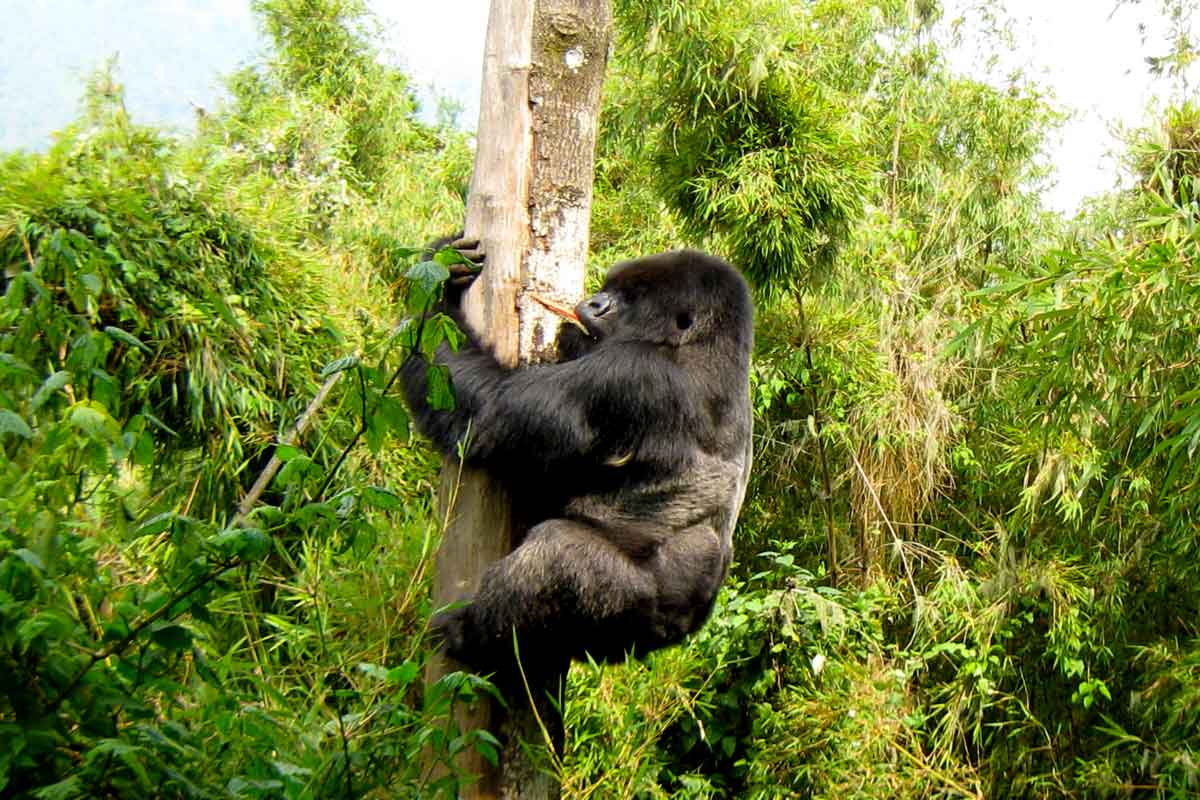
Rwanda Gorilla Trekking Safaris Tour
June 21, 2023Wildebeest Migration Safari Holiday in Kenya – Tubale Safaris Ltd
A Wildebeest Migration safari holiday in Kenya is an incredible experience that allows you to witness one of the world’s most remarkable wildlife spectacles. The annual migration of wildebeests, accompanied by zebras, gazelles, and other herbivores, takes place between the Maasai Mara National Reserve in Kenya and the Serengeti National Park in Tanzania.
Here’s a general overview of what you can expect during a Wildebeest Migration safari holiday in Kenya:
Timing
The migration typically takes place between July and October. However, exact timings can vary each year, so it’s essential to consult with local experts or tour operators to plan your trip accordingly.
Maasai Mara National Reserve
The Maasai Mara is a vast wilderness in southwestern Kenya, known for its stunning landscapes and abundant wildlife. During the migration season, the reserve becomes the stage for dramatic river crossings as thousands of wildebeests attempt to navigate the crocodile-infested Mara River.
Game Drives
A typical safari holiday includes multiple game drives where you’ll explore the reserve in open-top vehicles with experienced guides. These drives provide opportunities to witness the wildebeest herds in action, as well as encounter other wildlife such as lions, elephants, giraffes, and numerous bird species.
Hot Air Balloon Safaris
Another popular activity in the Maasai Mara is a hot air balloon safari. Floating above the plains at sunrise offers a unique perspective of the vast herds below and the beautiful African landscape.
Cultural Experiences
Kenya is home to various indigenous tribes, including the Maasai people. Many safari itineraries incorporate visits to Maasai villages, providing a chance to learn about their rich culture, traditions, and way of life.
Accommodation
There is a range of accommodation options available, from luxury lodges to tented camps. Some lodges and camps are strategically located near the migration route, allowing you to be in the heart of the action.
Guided Tours
To make the most of your Kenya safari experience, it’s recommended to join guided tours or safaris led by knowledgeable and experienced guides who can help you navigate the best spots for wildlife sightings and ensure your safety throughout the trip.
Planning
It’s advisable to plan your trip well in advance, especially if you intend to visit during the peak migration season. Booking through Tubale Safaris Ltd a reputable East Africa tour operator that will ensure a smooth and well-organized safari holiday.
Remember, the exact details of a Wildebeest Migration safari holiday can vary depending on the tour operator, duration of your stay, and specific preferences. It’s always a good idea to consult with experts who specialize in Kenyan safaris to tailor your itinerary according to your interests and requirements.
Where to Go for Wildebeest Migration Safari Holiday in Kenya
The prime location to witness the Wildebeest Migration in Kenya is the Maasai Mara National Reserve. The reserve is located in the southwestern part of Kenya, adjacent to the Serengeti National Park in Tanzania, which is an integral part of the migration route.
Here are the key areas within the Maasai Mara where you can experience the migration:
Mara Triangle
This is the western part of the Maasai Mara and is known for its stunning landscapes and high concentration of wildlife. The Mara Triangle offers excellent vantage points to witness the river crossings as the wildebeests attempt to cross the Mara River. It is less crowded compared to other areas, providing a more exclusive safari experience.
Talek River
The Talek River is another vital crossing point for migrating herds. It lies in the central region of the Maasai Mara, and witnessing the wildebeests braving the crocodile-infested waters here can be an awe-inspiring experience.
Sand River
Located in the southern part of the Maasai Mara, the Sand River is yet another significant crossing point during the migration. This area is known for its dramatic and chaotic river crossings, attracting large numbers of predators like crocodiles and lions.
Mara River
The Mara River, flowing through the Maasai Mara, is the most iconic and well-known river crossing point during the wildebeest migration. The herds gather along the riverbanks, waiting for the opportune moment to cross. This area provides some of the most intense wildlife encounters and breathtaking photographic opportunities.
When planning your Kenya safari holiday, consider staying at lodges or tented camps located in or near these areas. Some popular accommodations within the Maasai Mara include Governor’s Camp, Mara Serena Safari Lodge, and Keekorok Lodge, among others. These establishments offer a range of amenities and provide knowledgeable guides who can lead you to the best spots for witnessing the migration.
Keep in mind that the movement of the herds can be unpredictable, and their exact location can vary from year to year. Working with Tubale Safaris Ltd an experienced East Africa tour operator who has up-to-date information on migration patterns will greatly enhance your chances of being in the right place at the right time.
Lastly, remember that migration primarily occurs between July and October, so plan your visit accordingly to maximize your chances of witnessing this incredible natural phenomenon.
What is the Price for Wildebeest Migration Safari Holiday in Kenya?
The price for a Wildebeest Migration safari holiday in Kenya can vary depending on several factors, including the duration of the trip, the level of accommodation, the activities included, the time of year, and the tour operator or travel agency you choose. Here are some general price ranges to give you an idea:
Budget Range
On the lower end, a budget safari package for a Wildebeest Migration safari in Kenya can start from around $1,500 to $2,500 per person for a 4-6 day trip. This might include basic accommodation, shared transportation, and guided game drives.
Mid-Range Range
For mid-range options, which offer more comfort and amenities, you can expect to pay between $2,500 and $5,000 per person for a 4-7 day safari. This usually includes better accommodation options, private transportation, experienced guides, and additional activities such as hot air balloon safaris or cultural visits.
Luxury Range
Luxury safaris during the migration season can range from $5,000 to $10,000 or more per person for a 4-7 day trip. These high-end packages offer luxurious lodges or tented camps, exclusive experiences, private game drives, gourmet dining, and personalized services.
It’s important to note that these prices are approximate and can vary significantly based on the factors mentioned earlier. Additionally, international flights, visa fees, travel insurance, and personal expenses are typically not included in these package prices.
To get an accurate cost estimate for your specific requirements, it’s advisable to contact Tubale Safaris Ltd a reputable East Africa tour operator specializing in Kenyan safaris. They can provide you with detailed itineraries and pricing based on your preferences and budget. Comparing multiple options and reviewing customer reviews will help you choose a reliable operator that offers a good balance between quality and affordability.
When is the Best Time for Wildebeest Migration Safari Holiday in Kenya?
The best time for a Wildebeest Migration safari holiday in Kenya is typically between July and October. However, it’s important to note that the exact timing can vary each year, as the migration is influenced by rainfall patterns and the availability of grazing areas. Here’s a breakdown of the different seasons and what you can expect during each:
July to August
This period is generally considered the peak of the migration. The wildebeests, zebras, and other herbivores start crossing the Mara River, which can be a dramatic and thrilling sight to witness. Predators such as crocodiles and lions are also abundant during this time. The grasslands are lush and green due to the rainy season, providing ample food for the migrating herds.
September to October
During these months, the wildebeests continue their journey through the Maasai Mara, heading back towards the Serengeti in Tanzania. The herds start to disperse, and river crossings become less frequent. However, this period still offers excellent wildlife viewing opportunities, with predators often following the herds and opportunities for interactions between different species.
It’s worth noting that while July to October is the general peak season for migration, it is also the busiest time for tourism in the Maasai Mara. The reserves can get crowded, and accommodations tend to fill up quickly. If you prefer a less crowded experience, you might consider visiting during the shoulder months of June or November, when the herds are still in the area, but visitor numbers are lower.
Outside of the migration season, the Maasai Mara still offers fantastic wildlife viewing opportunities, as it is home to a wide variety of animals year-round. Different seasons can provide different experiences, such as bird-watching in the rainy season or the birth of new calves during the calving season from January to February.
To ensure the best chance of witnessing the migration, it’s advisable to consult with Tubale Safaris Ltd a reputable East Africa tour operator specializing in Kenya safaris. They will have the most up-to-date information on the movement of the herds and can help you plan your trip accordingly.

